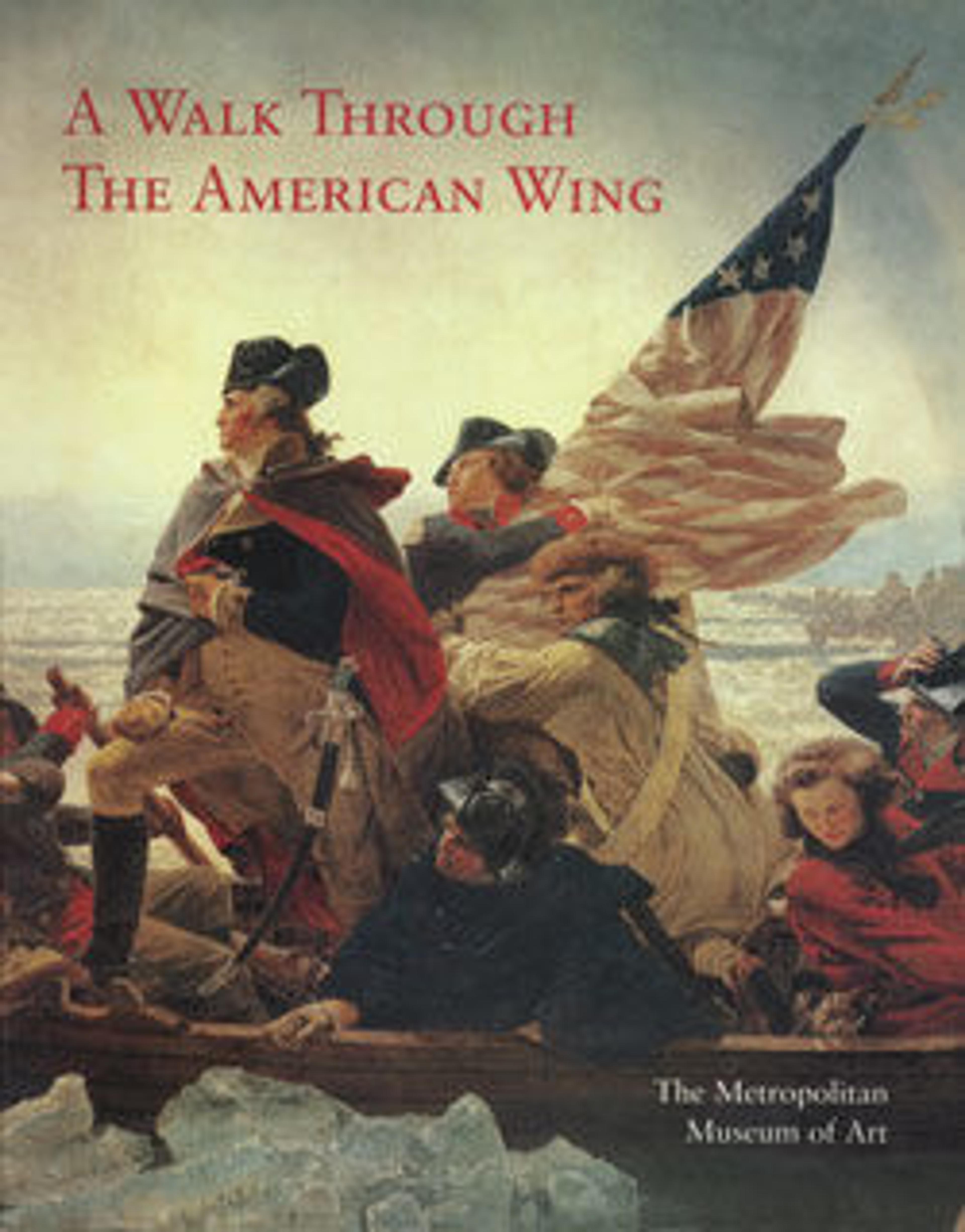Étagère
At the New York workshop of Alexander Roux, over a hundred highly skilled craftsmen—many of whom were immigrants like Roux himself—designed, carved, and assembled elaborate, high-style furniture such as this étagère. The descriptor étagère is the French word for a multi-shelved piece of furniture, underscoring the appeal French associations held for consumers. By the mid-nineteenth century, middle- and upper-class Americans sought to display decorative objects in their homes to showcase not only the family’s wealth but also their worldliness and sophistication. The étagère was most often placed in the parlor, where guests could admire the carefully chosen selection of ceramics, glass, or silver.
Artwork Details
- Title: Étagère
- Maker: Alexander Roux (1813–1886)
- Date: ca. 1855
- Geography: Made in New York, New York, United States
- Culture: American
- Medium: Rosewood, rosewood veneer; chestnut, tulip poplar, bird's-eye maple (secondary woods)
- Dimensions: 86 x 79 1/2 x 31 3/4 in. (218.4 x 201.9 x 80.6 cm)
- Credit Line: Sansbury-Mills Fund, 1971
- Object Number: 1971.219
- Curatorial Department: The American Wing
More Artwork
Research Resources
The Met provides unparalleled resources for research and welcomes an international community of students and scholars. The Met's Open Access API is where creators and researchers can connect to the The Met collection. Open Access data and public domain images are available for unrestricted commercial and noncommercial use without permission or fee.
To request images under copyright and other restrictions, please use this Image Request form.
Feedback
We continue to research and examine historical and cultural context for objects in The Met collection. If you have comments or questions about this object record, please contact us using the form below. The Museum looks forward to receiving your comments.
